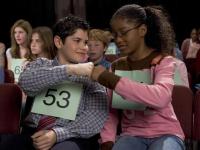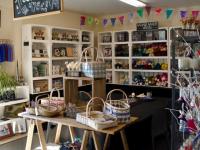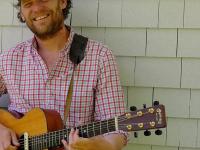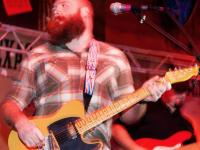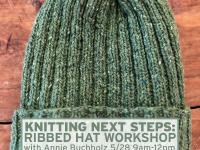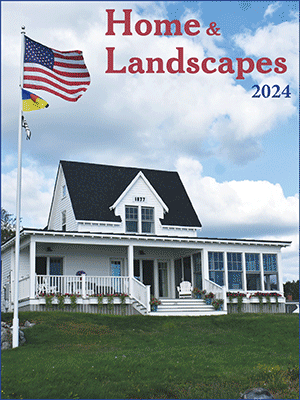Changes that have helped shape our community
Most communities undergo numerous changes over the years, and ours is no different. Some were for the better, others maybe not. In any case, it’s interesting to look back on some of things that have taken place on the Boothbay peninsula and wonder what it might have been like if other options had been chosen.
For instance, we’ll probably always be playing the “what if’’ game when it comes to the present Signal Point property at McFarland’s Point on Mill Cove, which the town considered buying because of its dock space, haul-out ways and generous amount of land which could have served as headquarters for our fishing fleet. The voters didn’t want to spend the money.
The present-day Whale Park on the waterfront, adjacent to Fisherman’s Wharf, was once a public parking lot, and the town acquired it despite objections from those who didn’t want parking spaces lost on Commercial Street. The park area is well-used and provides an attractive setting for viewing our harbor. It’s heavily used by both locals and visitors.
We don’t know how many of you remember the old tide mill at the bridge in East Boothbay, where logs floated along the Damariscotta River were funneled into the mill pond to be processed in the sawmill. Sewall Maddocks campaigned hard to save the historic building being torn down to make way for a new bridge, but to no avail. If it were there today, it would be a major tourist attraction.
The Opera House, also a part of the community since the 1800s, was lucky, because some caring people stepped forward to save and restore it, giving us a wonderful multi-purpose facility which welcomes many entertainers and hosts scores of other events year-round.
We weren’t alive when the strip of land separating the head of Linekin Bay from the mill pond was known as the “Carrying Place.’’ The Indians used the pond as a go-between from the Damariscotta River to Linekin Bay and back. A few years ago, there was brief talk about making a spot at Murray Hill for this transfer, and another near the East Boothbay bridge. It made a lot of sense for small boats to be able to save a lot of time when going between the river and the ocean. Acquisition of land on the Murray Hill side of the pond would also have helped preserve the popular view from Route 96 as you enter the village, overlooking both the pond and Linekin Bay.
Also discussed but never carried out were plans for a bike path along Route 96 from Boothbay Harbor to Ocean Point as well as along other peninsula side roads for the safety of our cycling friends, both local and from away. Chetley Rittall had also wanted to see a bike path from Route One down the peninsula to Boothbay Harbor to keep cyclists off heavily traveled Route 27. We wish we had been more successful in developing bike paths throughout the area. It would have encouraged more bikers to visit the region and provided safe passage.
Never considered, we don’t think, when it first became available was acquisition of the Romar bowling alley, recently torn down and soon to have a new building on the site. Candlepin bowling was a popular sports activity for several generations of peninsula families and many were sad to see it go. Every time we drive along the By-Way, or along Townsend Avenue and look down toward the footbridge and former bowling alley site, we can’t help but feel regret that the town hadn’t acquired it and left it as open space, as a park, or utilized it for some other public purpose. We think it would have greatly enhanced our waterfront, as did the whale park. It would also have made the footbridge itself more visible which it should be, because it’s one of our most valuable assets.
Thanks to the “Rowe sisters,’’ the historic footbridge has been greatly enhanced with shrubs and flowers which make it not only a convenient walkway between the harbor’s east and west sides, but also a most attractive one.
Lots of things about the Boothbay peninsula have changed; these are just a few of them. If we go back far enough, we’ll find thousands of others which have shaped what we are today.
Event Date
Address
United States










